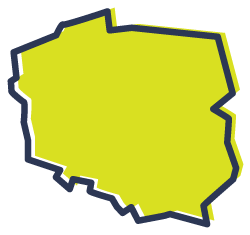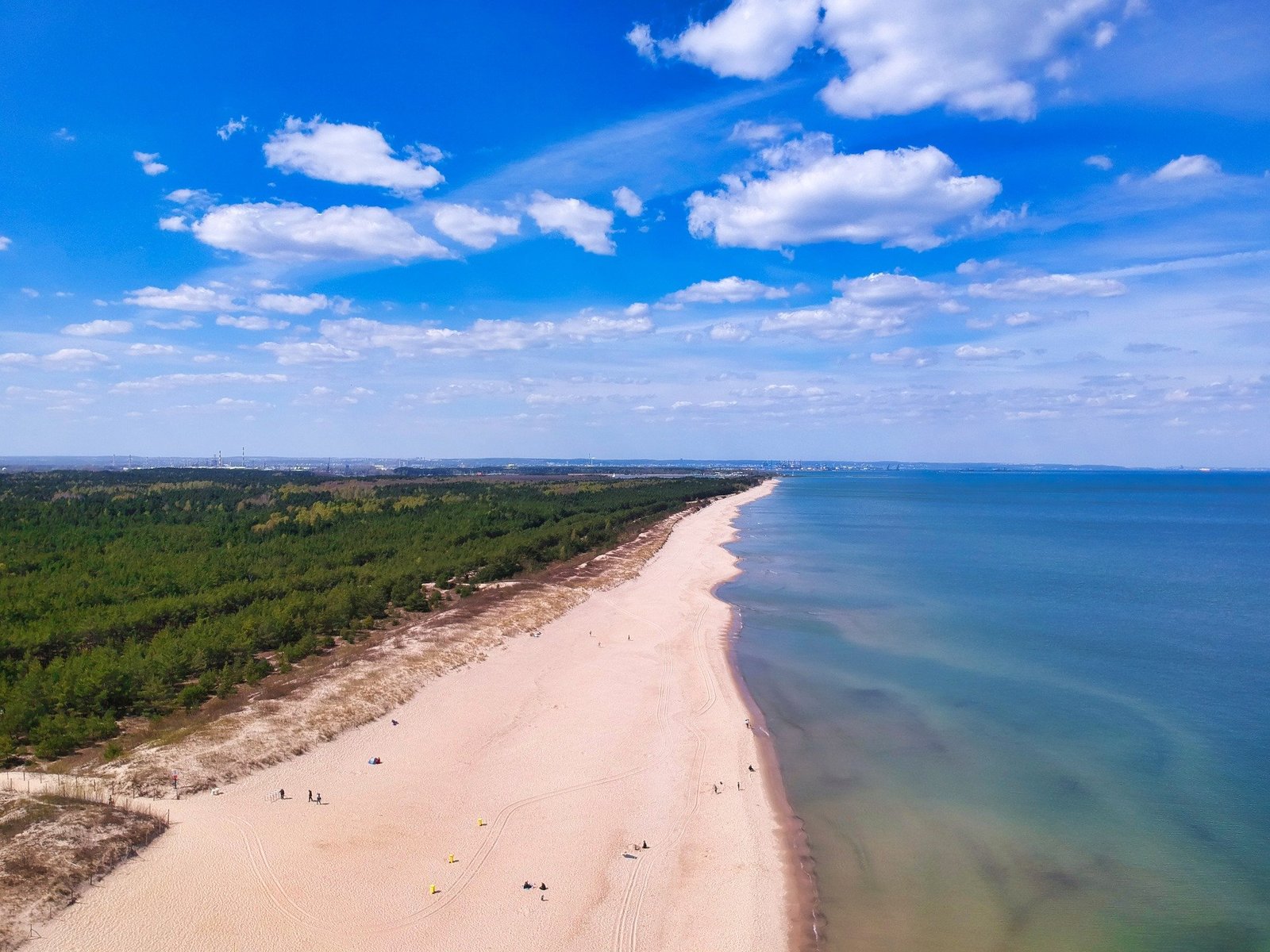Nestled on the eastern tip of Sobieszewska Island, the Mewia Łacha Nature Reserve stands as a testament to Poland's commitment to preserving its unique coastal ecosystems. Established in 1991, this protected area spans approximately 150 hectares, with 19 hectares situated on Sobieszewska Island itself. The reserve's primary objective is to safeguard the breeding grounds of various bird species and serve as a vital habitat for migratory and wintering avifauna.
Geographical Significance and Formation
Sobieszewska Island, located near Gdańsk, owes its insular character to both natural and human-induced changes in the Vistula River's course. In the 19th century, the river was redirected through an artificial canal known as the Vistula Dug-through (Przekop Wisły), leading to the formation of new estuaries and the eventual creation of the island. Mewia Łacha Reserve is strategically positioned at the mouth of this canal, encompassing dynamic landscapes shaped by riverine and marine influences.
Avian Diversity and Conservation
The reserve is renowned for its rich avian biodiversity, hosting nearly 275 bird species. It serves as a crucial nesting and resting site for migratory birds, including several rare and protected species. Notably, since 2007, Mewia Łacha has been the only place in Poland where terns have resumed nesting, highlighting the reserve's importance in avian conservation. The area is also frequented by various species of gulls and plovers, making it a haven for ornithologists and bird-watching enthusiasts.
Seal Population
Beyond its avian inhabitants, Mewia Łacha is distinguished by its seal population. The sandbanks and shallow waters at the river's mouth provide ideal resting spots for grey and common seals. Visitors often have the opportunity to observe these marine mammals basking in the sun, particularly during warmer months. This unique feature adds to the reserve's ecological value and visitor appeal.
Flora and Habitat Diversity
The reserve's dynamic environment, influenced by the interplay of river and sea, supports a diverse range of habitats. The coastline is characterized by sandy beaches, dunes, and periodically formed islets and shallow lagoons. This ever-changing landscape fosters a rich flora, including approximately 450 plant species, some of which are rare and protected. The presence of beavers further contributes to the habitat diversity, as their dam-building activities create additional ecological niches.
Visitor Experience and Accessibility
Mewia Łacha offers visitors a unique opportunity to immerse themselves in a pristine natural environment. A well-marked trail leads through the reserve, guiding visitors from the forested areas of Las Mierzei to the expansive sandy beaches and dunes. Along the way, observation platforms provide vantage points for bird and seal watching. The trail is generally considered easy, making it accessible to a wide range of visitors, including families and casual hikers.
Guidelines for Visitors
To protect the sensitive ecosystems and wildlife of Mewia Łacha, visitors are encouraged to adhere to the following guidelines:
-
Stay on Designated Paths: To minimize habitat disturbance, it is essential to remain on marked trails.
-
Observe Quietly: Maintain a low noise level to avoid startling wildlife, particularly during the breeding season from April to August.
-
Leash Pets: If accompanied by dogs, ensure they are kept on a leash to prevent them from disturbing birds and other animals.
-
Carry Binoculars: Bringing binoculars enhances the wildlife viewing experience, allowing for close observation without intrusion.
-
Avoid Littering: Carry out all trash to maintain the reserve's pristine condition.
Seasonal Highlights
Each season at Mewia Łacha offers distinct natural spectacles:
-
Spring (March-May): Witness the arrival of migratory birds and the beginning of the nesting season.
-
Summer (June-August): Observe large gatherings of birds feeding, with some species forming flocks numbering in the tens of thousands.
-
Autumn (September-November): Experience the departure of migratory birds as they embark on their journeys to wintering grounds.
-
Winter (December-February): While some birds migrate, others remain, and the chances of spotting seals increase during this tranquil period.
Access and Amenities
The reserve is accessible from the village of Świbno on Sobieszewska Island. Visitors can reach the area by car, with parking available near the trailhead. Public transportation options are limited; therefore, planning ahead is advisable. While the reserve itself lacks commercial facilities, the nearby village offers basic amenities, including accommodation options and eateries.
Nearby Attractions
Sobieszewska Island boasts additional natural attractions, notably the Ptasi Raj (Birds' Paradise) Nature Reserve, located on the island's western end. This reserve offers further opportunities for bird watching and nature walks, complementing the experience at Mewia Łacha. The island's beaches and forests provide serene settings for relaxation and exploration, making it a worthwhile destination for nature enthusiasts.
Mewia Łacha Nature Reserve stands as a beacon of biodiversity and conservation on Poland's Baltic coast. Its rich avian population, presence of seals, and dynamic landscapes offer visitors an unparalleled opportunity to connect with nature. By following the reserve's guidelines and respecting its delicate ecosystems, visitors can ensure that Mewia Łacha remains a sanctuary for wildlife and a source of inspiration for generations to come.














